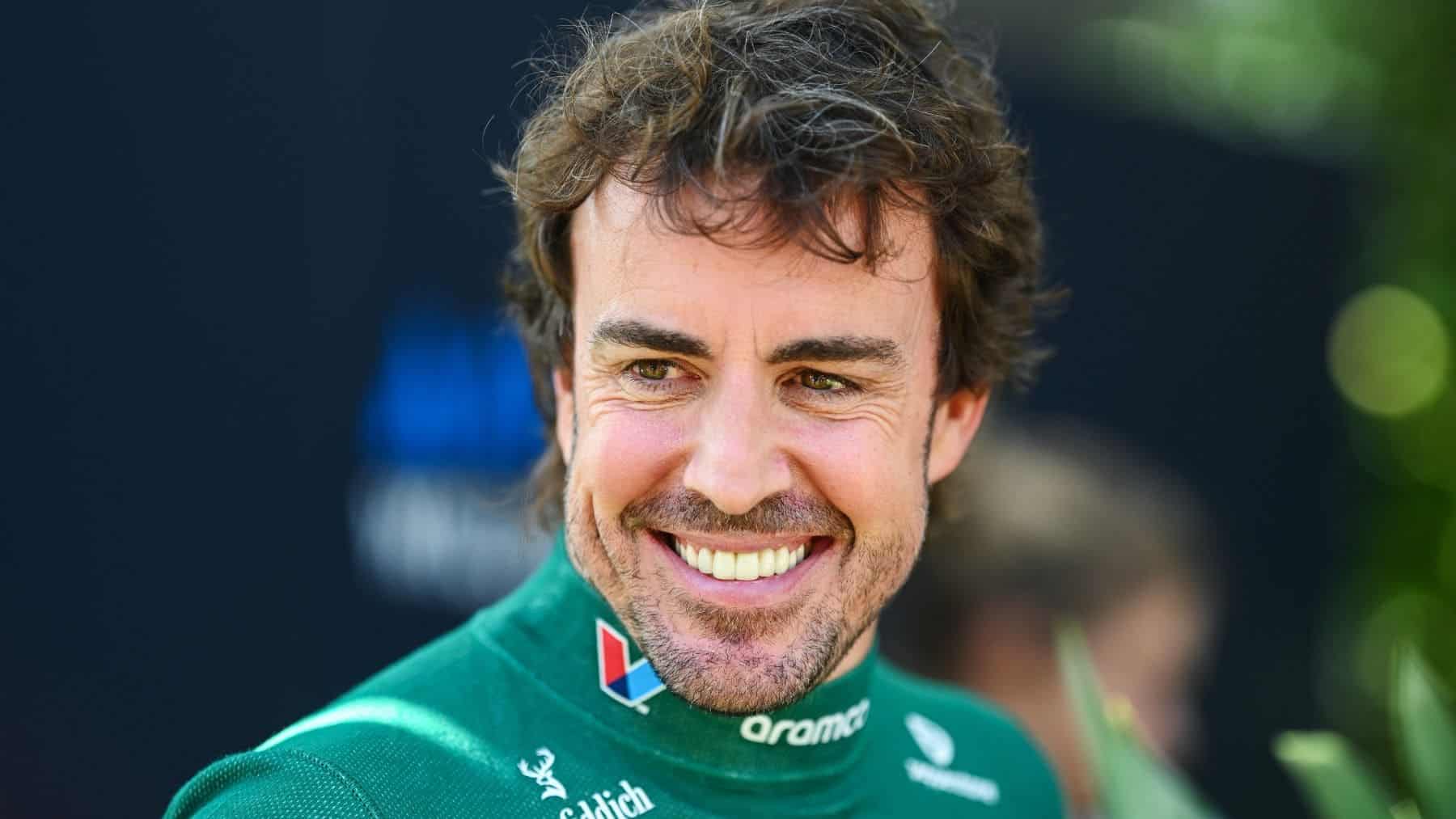The predictions for Aston Martin in the current World Championship of Formula 1 are very diverse, as some experts predict a fifth position and others a ninth. Even within the team there is some uncertainty about where they might be placed on the grid, due to the level of competition in the middle zone. “With five kilos more or less of fuel in the tank, you can gain or lose several positions,” explains the team’s chief engineer, Mike Krack.
Uncertainty at Aston Martin: Where does it really stand?
One of the team’s technical managers, Andy Cowell, keeps a close eye on the specific predictions. “After two weeks of data analysis, we have identified areas where the aerodynamics and mechanics work well, and others where we still need to improve,” he says. “We have already been able to fix some of these vulnerabilities in Melbourne and others will take time.”
The influence of Adrian Newey and the development of the AMR25
One of the most talked-about names in the Aston Martin set-up is Adrian Newey, the legendary creator of single-seaters, but Cowell makes it clear that he is not involved in the task of optimizing this year’s AMR25. “The idea is to focus on the 2026 car,” he clarifies; thus, during the conversation, rumors about his influence on the running of the team are initially dismissed.
However, the increase in motivation generated by his arrival in the team is real. “Adrian still works at the drawing board, but he has a three-dimensional image in his head. He doesn’t need a computer,” says Cowell, emphasizing the Briton’s ability to understand technical solutions without the need for modeling software.
Fernando Alonso and Aston Martin’s pragmatic approach
Fernando Alonso also does not make a specific assessment of the performance of the AMR25. “The car is more stable than last year’s, but we haven’t solved all the problems yet,” he says. In Bahrain, the fluctuating track conditions made it difficult to ascertain the characteristics of the car. “I had the feeling I had driven three different cars in three days. And in Melbourne we will have another different experience, because it is a completely different circuit.”
The team has chosen a different pre-season test; they have not done fast laps with low fuel or race simulations with a full tank. They have focused on trying to analyze the entire spectrum of car configurations, since, once the race weekend arrives, adjustments are unavoidable because the cars are very complex. “Modifying the front height can take just five minutes, but adjusting the third rear shock absorber or the push rod anchor point can be a nightmare,” the team explains.
The main objective has been to find out why the previous season’s car became unstable over time and how to prevent that from happening again with the new car. “Our toolbox for reacting to different scenarios is now much better equipped,” says a team spokesman.
“With ground effect cars, finding the balance is a constant challenge. More downforce can mean less traction, something that Alonso understands well. You have to know why the aerodynamic rebound happens and what to do to control it,” adds Krack.
The Spanish driver is convinced that this pragmatic approach will bring them good results in the long term. “We have the best factory and the best team. But that alone is no guarantee of success. Everything has to fit together. It’s much more complicated than in football,” explains Fernando Alonso. His hope is that in the 2026 season, which will see the arrival of the new technical regulations, they will be able to reap the rewards of this work.
A key figure who will form part of that future will be Adrian Newey. The driver from Oviedo has not yet been able to chat with him personally since he joined the team but hopes to do so soon. “I really want to hear his vision of our situation once we return to Europe,” the Spaniard concludes.

